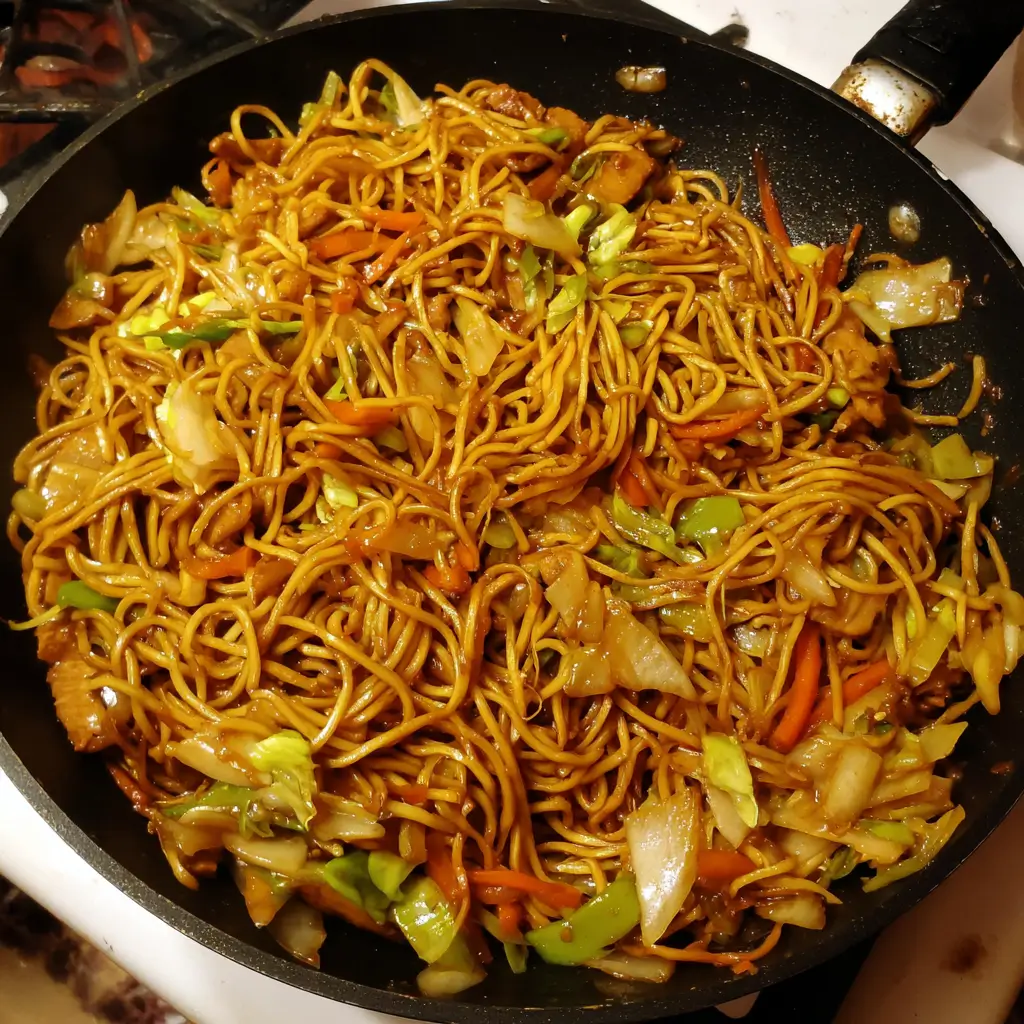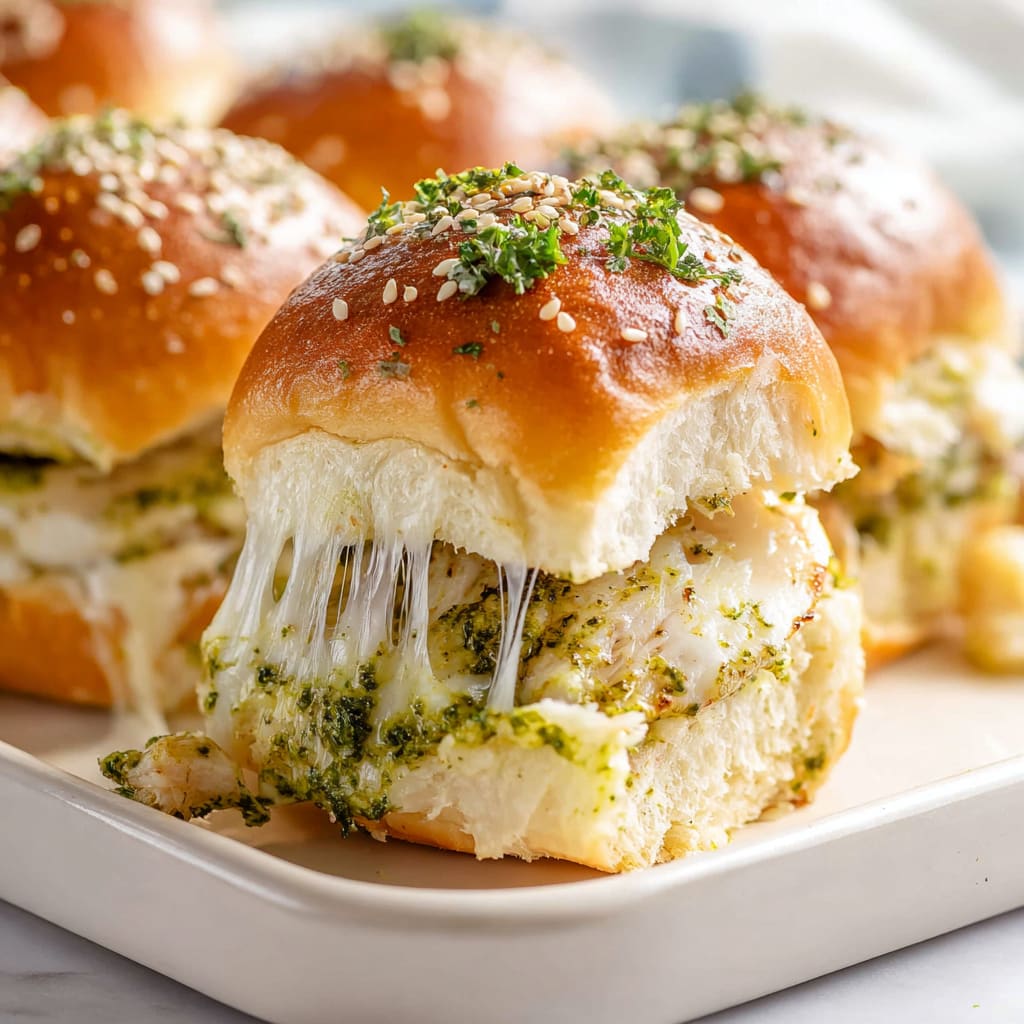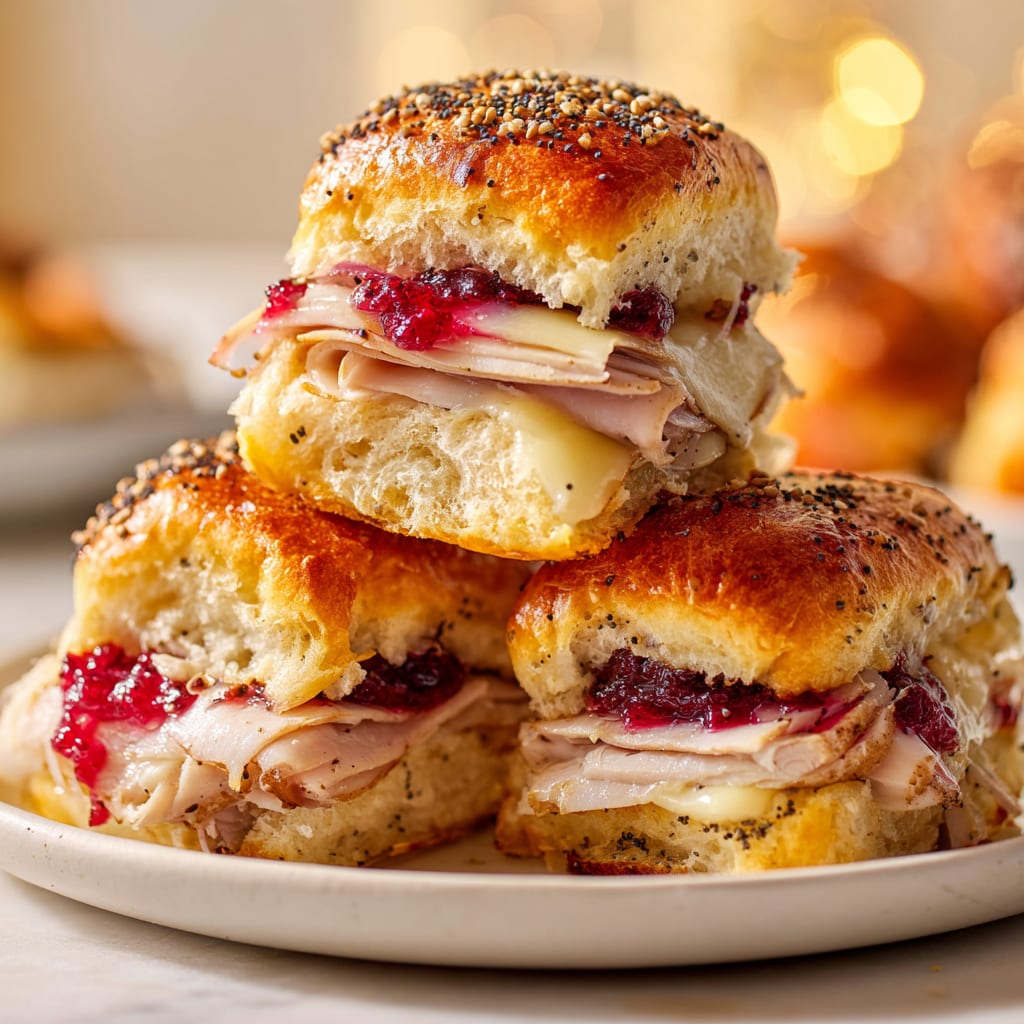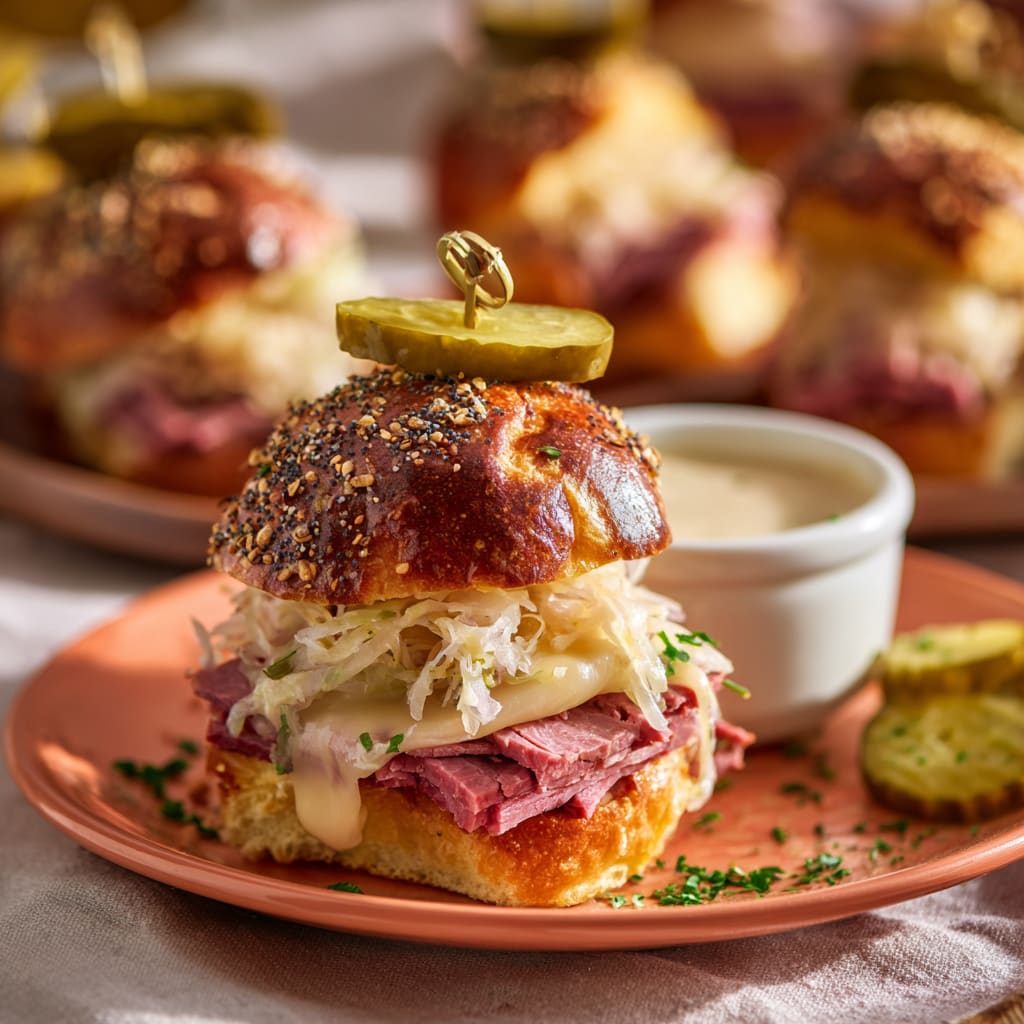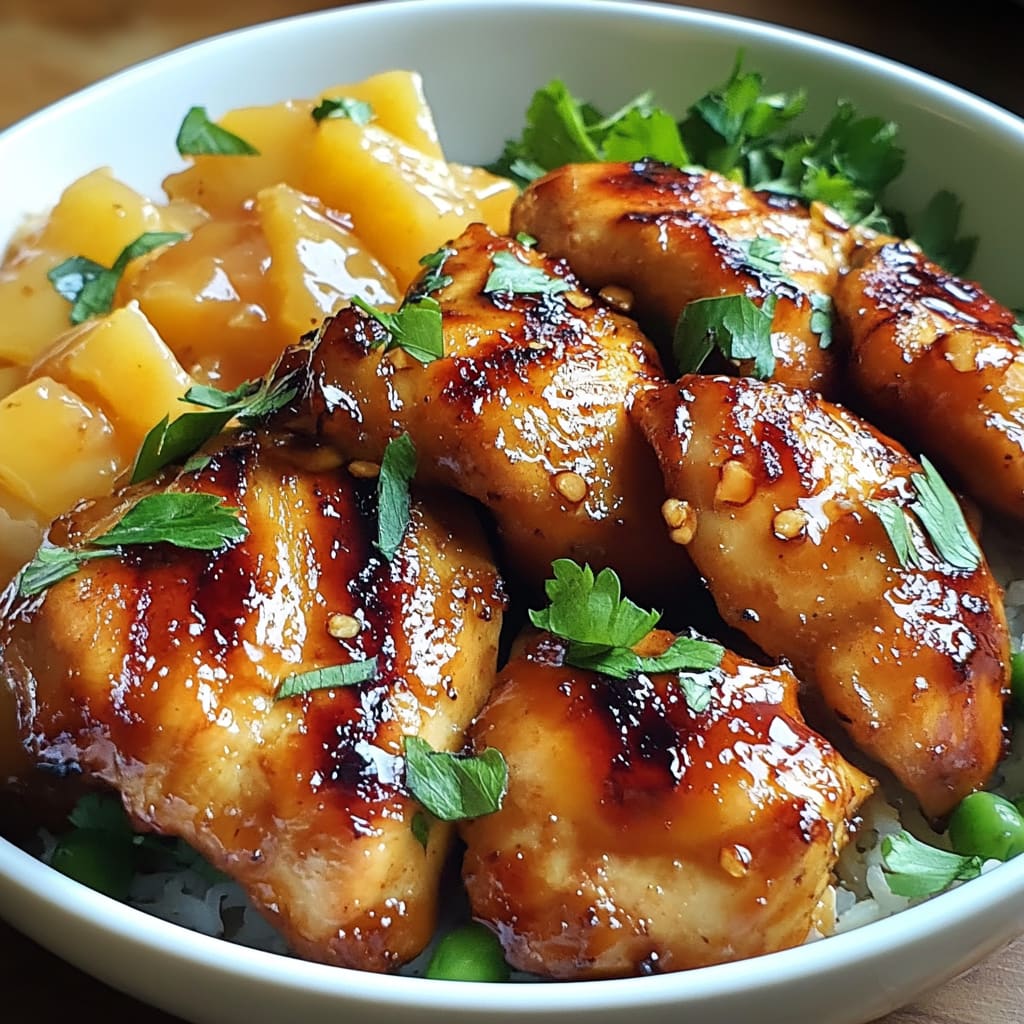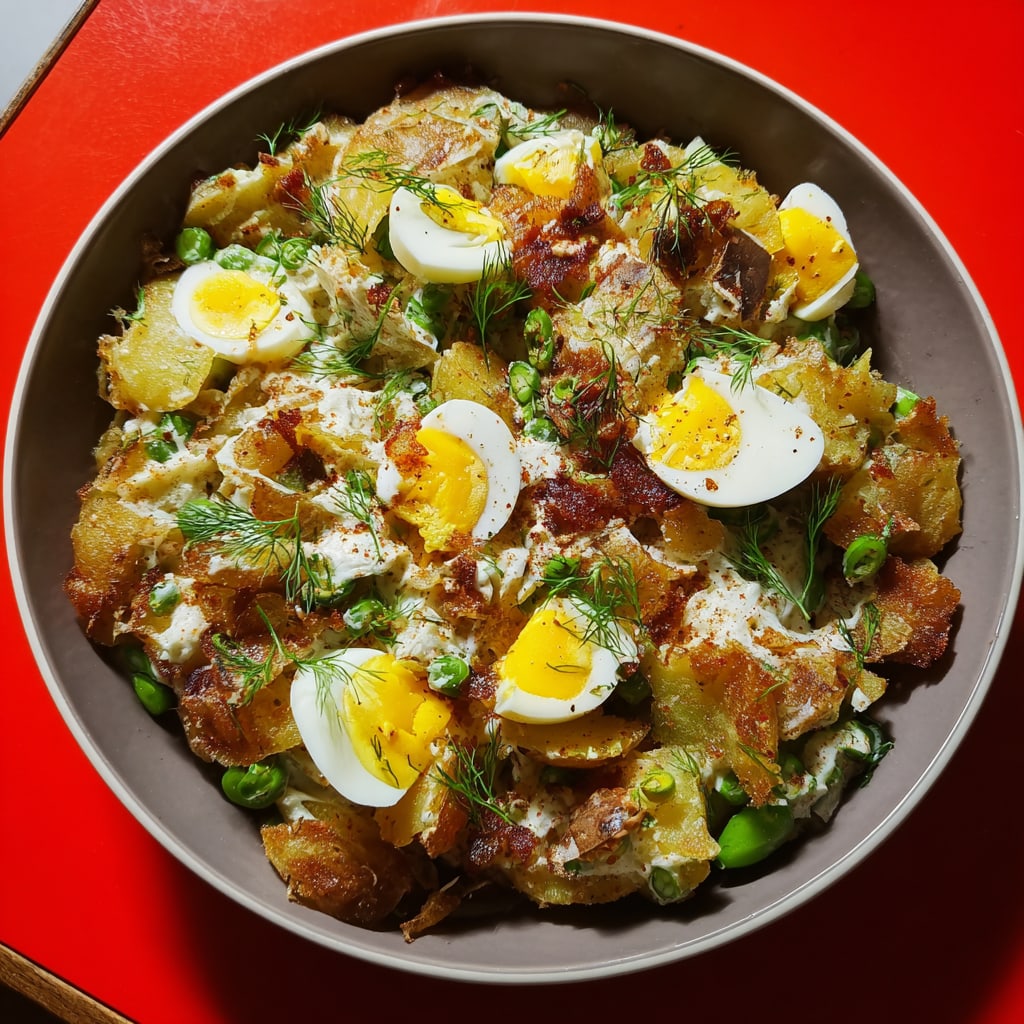The irresistibly savory, slightly smoky aroma of Panda Express Chow Mein wafting through the kitchen is enough to make anyone’s mouth water. This iconic Chinese-American dish features perfectly stir-fried noodles tossed with crisp vegetables and a delectable sauce that captures the essence of this beloved fast-food classic. Whether you’re craving a familiar takeout favorite or looking to expand your homemade Chinese food repertoire, this Panda Express Chow Mein recipe delivers restaurant-quality results right in your own kitchen. You’ll learn how to achieve that signature texture and flavor profile that makes this dish so addictively delicious.
Why You’ll Love This Recipe
This homemade Panda Express Chow Mein recipe transforms a fast-food favorite into an even more delicious home-cooked meal. The beauty lies in the contrasting textures – slightly chewy noodles against the satisfying crunch of fresh cabbage and celery, all bound together by a umami-rich sauce that coats every strand perfectly. Unlike other copycat recipes, this version stays true to the original while allowing you to control the ingredients for a healthier twist.
What makes this recipe truly special is its versatility and simplicity. With just a handful of common ingredients and about 20 minutes of cooking time, you can create a restaurant-quality dish that works brilliantly as both a main course or a side dish. The savory-sweet balance of flavors appeals to even picky eaters, making this Panda Express Chow Mein a guaranteed crowd-pleaser for family dinners or potluck gatherings.
Ingredients
For the perfect Panda Express Chow Mein, you’ll need:
- 1 package (12 oz) dried yakisoba noodles or 16 oz fresh Chinese egg noodles
- 3 tablespoons vegetable oil, divided
- 2 cups green cabbage, thinly sliced (about ¼ of a medium cabbage)
- ½ cup celery, diagonally sliced (about 2 stalks)
- ⅓ cup yellow onion, thinly sliced
- 2 tablespoons soy sauce (regular, not low-sodium)
- 1 tablespoon oyster sauce
- 1 teaspoon sugar
- ½ teaspoon garlic powder
- ¼ teaspoon white pepper
- 2 green onions, sliced for garnish
The noodles are the foundation of this dish – look for yakisoba or Chinese egg noodles for authentic texture. Fresh cabbage provides the signature crunch, while the combination of soy sauce and oyster sauce creates that distinctive Panda Express flavor profile. Each ingredient plays an essential role in replicating the authentic taste of Panda’s famous Chinese noodle dish.
Pro Tips
Choose the Right Noodles: For authentic Panda Express Chow Mein, selecting the proper noodles is crucial. Look for fresh Chinese egg noodles or dried yakisoba noodles. If using dried noodles, cook them for 1-2 minutes less than package instructions indicate – they should be slightly undercooked as they’ll finish cooking in the wok. This prevents them from becoming mushy during stir-frying.
Perfect the High-Heat Stir-Fry Technique: The secret to restaurant-quality chow mein is cooking with high heat and constant motion. Preheat your wok or large skillet until it’s very hot before adding oil – you should see a slight shimmer. Work quickly and keep the ingredients moving continuously to achieve that signature “wok hei” (breath of the wok) flavor without burning anything. This technique creates the slightly smoky, caramelized notes that distinguish great stir-fried Panda Express noodles from mediocre ones.
Prep Everything Before Cooking: The cooking process for Panda Express Chow Mein happens rapidly, so mise en place (having all ingredients prepped and ready) is essential. Slice all vegetables uniformly for even cooking, mix your sauce ingredients in advance, and have everything positioned near your cooking station. This organization ensures you can maintain the high heat necessary for authentic results without scrambling to measure ingredients while your noodles overcook.
Instructions
Step 1: Prepare the Noodles
If using dried yakisoba noodles, cook according to package directions but reduce the cooking time by 1-2 minutes to keep them slightly al dente. Immediately rinse under cold water to stop the cooking process and drain thoroughly. If using fresh Chinese egg noodles, simply separate them and set aside. Toss the noodles with 1 teaspoon of vegetable oil to prevent sticking while you prepare the other ingredients.
Step 2: Prepare the Sauce
In a small bowl, whisk together the soy sauce, oyster sauce, sugar, garlic powder, and white pepper until well combined. This sauce mixture is the key to authentic Panda Express Chow Mein flavor, so ensure everything is fully dissolved. Set aside within easy reach of your cooking area.
Step 3: Stir-Fry the Vegetables
Heat 2 tablespoons of vegetable oil in a large wok or skillet over high heat until shimmering. Add the sliced onions and stir-fry for about 30 seconds until fragrant. Quickly add the celery and continue stir-frying for another 1-2 minutes until the celery begins to soften slightly but retains its crunch. Finally, add the cabbage and stir-fry for an additional 1-2 minutes until the cabbage starts to wilt but still maintains some crispness.
Step 4: Combine Everything
Add the prepared noodles to the wok with the vegetables and pour the sauce mixture evenly over everything. Using tongs or two wooden spoons, toss everything together continuously for 2-3 minutes, ensuring the noodles and vegetables are evenly coated with the sauce. Keep the heat high and maintain constant movement to prevent sticking or burning.
Step 5: Finish and Serve
Once the noodles have absorbed the sauce and everything is heated through, remove from heat and toss in the sliced green onions. Give everything one final toss and transfer your homemade Panda Express Chow Mein to a serving platter. For the full Panda Express experience, serve immediately alongside Orange Chicken or Beijing Beef.
Variations
Protein-Packed Chow Mein: Transform your Panda Express Chow Mein into a complete meal by adding protein. Thinly sliced chicken breast marinated in a tablespoon of soy sauce and a teaspoon of cornstarch creates a tender addition similar to Panda’s Chicken Chow Mein. For a vegetarian option, add 1 cup of cubed firm tofu that’s been pressed and pan-fried until crispy. Simply cook your protein choice separately first, then set aside and add back during the final combining step.
Vegetable-Forward Version: For a nutrition boost, create a garden-fresh version of this classic Panda Express noodle dish. Add ½ cup each of thinly sliced red bell peppers, snow peas, and bean sprouts along with the cabbage and celery. This colorful adaptation not only increases the nutritional value but also adds beautiful contrasting textures and flavors while maintaining the authentic taste profile of the original Panda Express Chow Mein.
Spicy Chow Mein: For heat lovers, create a spicy variation by adding 1-2 teaspoons of chili garlic sauce or sambal oelek to the sauce mixture. Alternatively, include ¼ teaspoon of crushed red pepper flakes when stir-frying the vegetables. This simple addition transforms the traditional Panda Express Chow Mein into a fiery treat that still honors the original flavor profile while adding an exciting kick.
Storage and Serving
Panda Express Chow Mein stores surprisingly well when handled properly. For leftover storage, allow the noodles to cool completely before transferring to an airtight container. Refrigerate for up to 3 days. When reheating, add a splash of water and heat in a skillet over medium heat, stirring frequently to restore the texture. Microwaving works in a pinch, but the stovetop method better preserves the noodles’ integrity.
For serving, present your homemade Panda Express Chow Mein as part of a complete Chinese-American feast. Pair it with Panda Express favorites like Orange Chicken, Beijing Beef, or Honey Walnut Shrimp for an authentic food court experience. For a delightful contrast, serve alongside steamed broccoli or Panda’s Super Greens. To elevate the presentation, place the chow mein in a large serving bowl and garnish with additional sliced green onions and a sprinkle of toasted sesame seeds. For individual portions, use a pair of tongs to create a neat spiral of noodles on each plate before adding other entrées.
FAQs
What kind of noodles does Panda Express use for their chow mein?
Panda Express uses wheat-based Chinese egg noodles for their chow mein. At home, you can use dried yakisoba noodles or fresh Chinese egg noodles found in the refrigerated section of most Asian grocery stores. In a pinch, dried spaghetti can work, though the texture will be slightly different.
Can I make Panda Express Chow Mein ahead of time?
Yes, you can prepare Panda Express Chow Mein up to 2 days ahead. Slightly undercook the noodles to prevent them from becoming mushy when reheated. Store in an airtight container in the refrigerator and reheat in a skillet with a tablespoon of oil over medium-high heat.
What’s the difference between chow mein and lo mein?
The main difference is in the cooking method. Chow mein noodles are stir-fried to create a slightly crispy texture, while lo mein noodles are boiled and then tossed with sauce and ingredients. Panda Express Chow Mein falls somewhere in between – the noodles are soft yet have a slight chew.
Is Panda Express Chow Mein vegetarian?
Yes, the Panda Express Chow Mein served in restaurants is vegetarian (though not vegan due to the egg in the noodles). This homemade version maintains that vegetarian status unless you choose to add meat in a variation.
What vegetables does Panda Express use in their chow mein?
Panda Express keeps their chow mein simple with cabbage, celery, and onion as the primary vegetables. This recipe stays true to their classic combination, though you can add more vegetables if desired.
Conclusion
This Panda Express Chow Mein is comfort food at its finest — a perfect balance of chewy noodles, crisp vegetables, and savory sauce that captures the essence of the beloved restaurant version. It’s the kind of dish that brings the satisfaction of takeout with the pride of homemade quality, making it perfect for weeknight dinners or as part of a larger Chinese-American feast. Whether you’re recreating a food court favorite or discovering this classic for the first time, these noodles deliver that unmistakable Panda Express experience with each delicious bite.
Print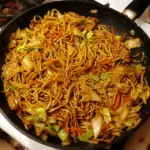
Panda Express Chow Mein
Description
Skip the takeout line! This copycat Panda Express Chow Mein tastes even better than the original and comes together in just 20 minutes with simple pantry ingredients.
Ingredients
- 1 package (12 oz) dried yakisoba noodles or 16 oz fresh Chinese egg noodles
- 3 tablespoons vegetable oil, divided
- 2 cups green cabbage, thinly sliced (about ¼ of a medium cabbage)
- ½ cup celery, diagonally sliced (about 2 stalks)
- ⅓ cup yellow onion, thinly sliced
- 2 tablespoons soy sauce (regular, not low-sodium)
- 1 tablespoon oyster sauce
- 1 teaspoon sugar
- ½ teaspoon garlic powder
- ¼ teaspoon white pepper
- 2 green onions, sliced for garnish
Instructions
- Cook noodles according to package directions but 1-2 minutes less than recommended. Rinse under cold water, drain thoroughly, and toss with 1 teaspoon oil to prevent sticking.
- In a small bowl, whisk together soy sauce, oyster sauce, sugar, garlic powder, and white pepper until well combined. Set aside.
- Heat remaining oil in a large wok or skillet over high heat. Add onions and stir-fry for 30 seconds, then add celery and cook for 1-2 minutes.
- Add cabbage and stir-fry for another 1-2 minutes until it starts to wilt but still has some crispness.
- Add the noodles to the wok and pour the sauce evenly over everything. Toss continuously for 2-3 minutes until noodles are coated and everything is heated through.
- Remove from heat, toss in green onions, and serve immediately for the authentic Panda Express experience.

